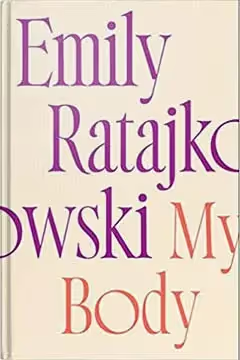The Complete Manual of Typography
This book is about how type should look and how to make it look that way; in other words, how to set type like a professional. It releases the craft knowledge that used to reside almost exclusively in the heads of people working in type shops. The shops are gone, the technologies have changed, but the goal remains the same. This book explains in very practical terms how to use today's computerized tools to achieve that secret of good design: well-set type.
Beautifully designed and richly illustrated, The Complete Manual of Typography is an essential reference for anyone who works with type. Designers, print production professionals, and corporate communications managers can go straight to the index to find focused answers to specific questions, while educators and students can read it as a textbook from cover to cover. You'll find:
History, basic concepts, and anatomy of good typography, concisely presented and indexed for quick reference by busy professionals. Straight-ahead instructions for how to manage fonts, handle corrupted or missing fonts, and find the characters you need. Clear, useful explanations of what makes good type good (and bad type bad) . Detailed guidance on controlling the fundamentals of type, including measure, point size, leading, kerning, and hyphenation and justification. Practical advice on how to fix and avoid composition problems such as loose lines, bad rags, widows and orphans. Hard-to-find rules for managing indents and alignments, skews, wraps, expert-set characters, and tables. Scores of workarounds that show how to wring good type out of uncooperative word-processing and layout programs.
Typography is the use of type to advocate, communicate, celebrate, edu- cate, elaborate, illuminate, and disseminate. Along the way, the words and pages become art.






















































